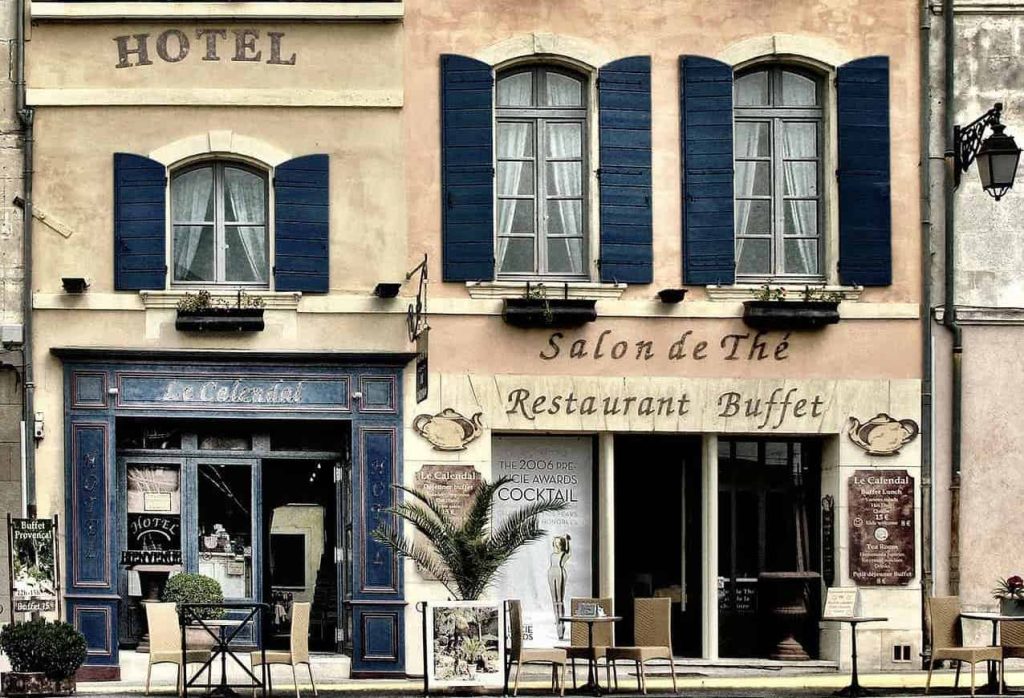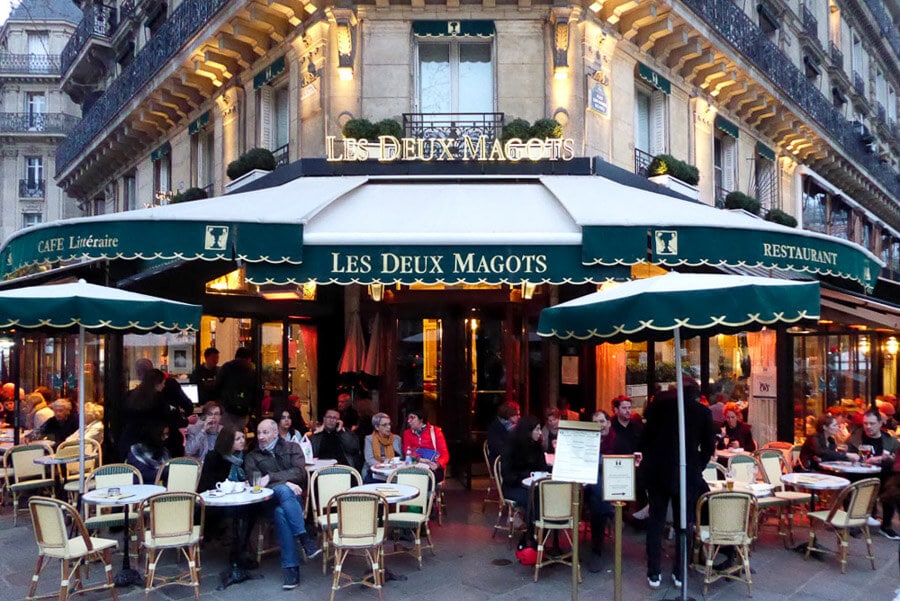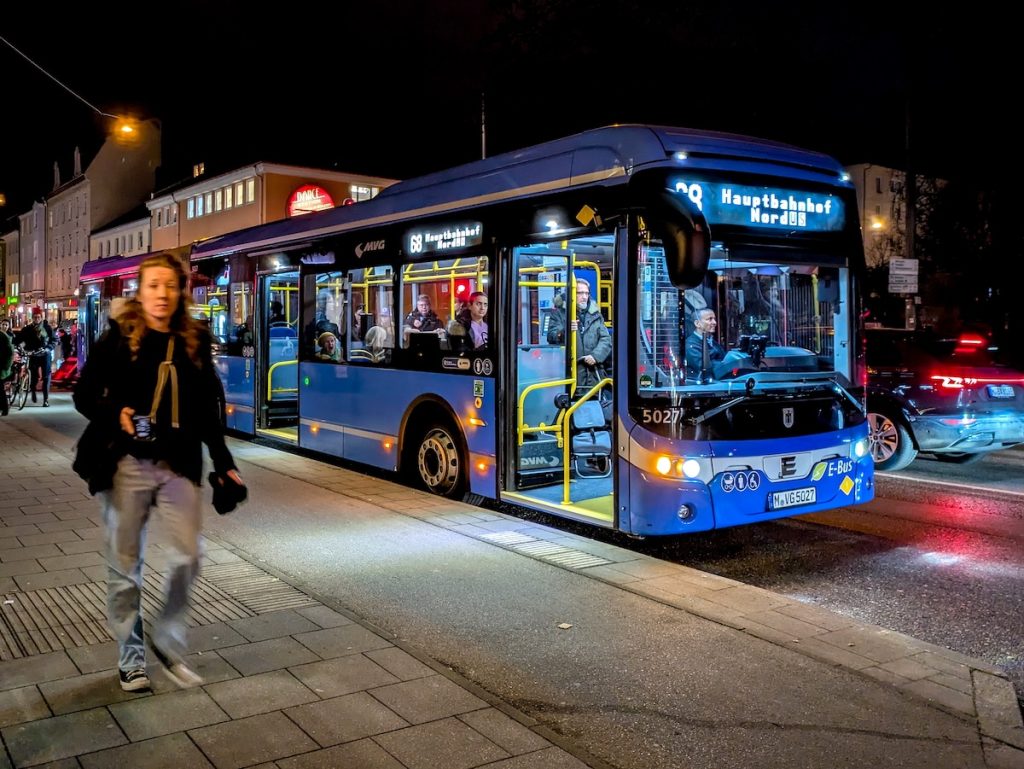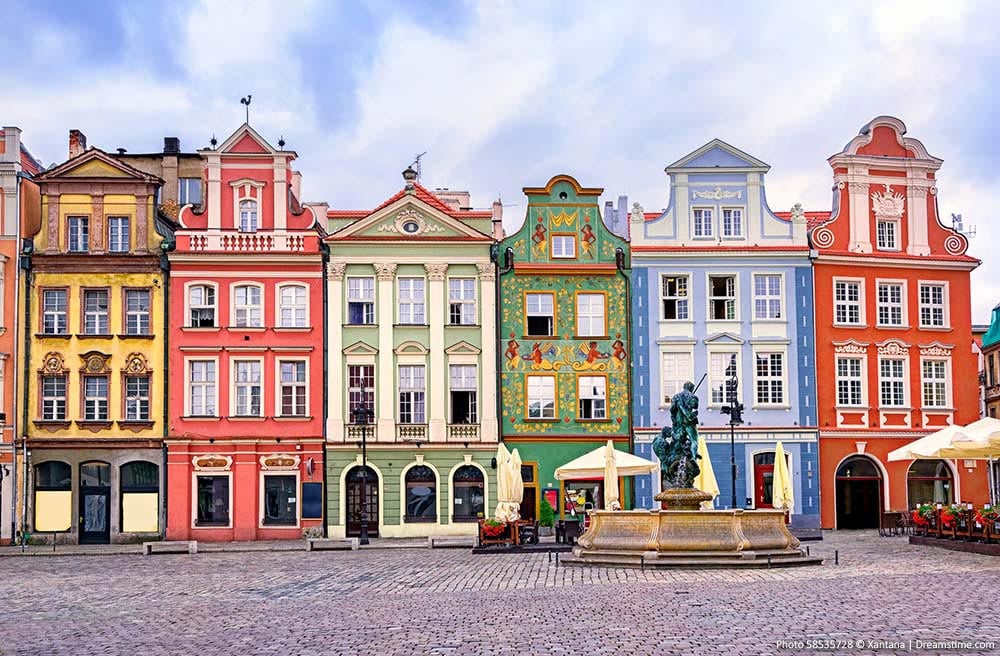How to Travel Europe on $50 a Day: A Budget Backpacker’s Guide
Europe has long been seen as a once-in-a-lifetime destination, filled with historic cities, diverse cultures, and breathtaking landscapes. But many travelers assume they need thousands of dollars to explore the continent. The truth is—you can travel Europe on $50 a day or less, and have an unforgettable experience while you’re at it.
Whether you’re backpacking solo, taking a gap year, or just love a good travel challenge, this guide breaks down how to budget, where to go, what to eat, and how to save big while traveling across Europe.
Why $50 a Day Is Possible
Let’s break down what $50/day needs to cover:
-
Accommodation
-
Food and drinks
-
Transportation
-
Attractions/activities
-
Miscellaneous (data SIM, laundry, etc.)
While $50 might not stretch far in cities like London or Paris, it’s more than enough in places like Budapest, Kraków, and Lisbon. With a few smart tricks, you can balance high-cost destinations with more affordable ones—and stay well within budget.

Choosing the Right Countries: East and South Win
Where you go matters more than how you go. Western Europe is beautiful, but notoriously expensive. Instead, choose countries where your money goes further.
Budget-Friendly Countries:
-
Poland
-
Hungary
-
Romania
-
Bulgaria
-
Czech Republic
-
Slovakia
-
Portugal
-
Spain (outside major cities)
-
Slovenia
-
Croatia (outside peak season)
-
Albania and the Balkans
Pro Tip:
Combine 1–2 pricier destinations (like Paris or Amsterdam) with 4–5 budget-friendly countries to balance your overall daily average.

Accommodation: $10–$20 a Night
Hostels are your best friend in Europe, especially in Central and Eastern countries where beds can cost as little as $10 per night.
Tips to Save:
-
Book on Hostelworld, Booking.com, or use Couchsurfing for free stays.
-
Consider work exchanges (e.g., Workaway, Worldpackers) where you trade a few hours of help for free lodging and meals.
-
If you’re traveling with a buddy, budget private rooms or Airbnbs can be cheaper than dorms in Western Europe.
Average budget: $15/night

Food and Drinks: $10–$15 a Day
Eating well in Europe doesn’t mean eating expensively. Many cities offer high-quality, low-cost food—you just need to know where to look.
Money-Saving Meal Tips:
-
Cook your own meals: Hostels and some Airbnbs have kitchens. A few groceries go a long way.
-
Visit local bakeries, street food stalls, and markets—you can eat a hearty meal for €3–€5.
-
In Spain and Italy, try the “menu del día” or lunch specials.
-
Skip the drinks at restaurants—water is free in many places, or bring a reusable bottle.
Alcohol adds up fast. Limit nights out or buy beer/wine from supermarkets (often under €1!).
Average food budget: $10–$15/day

Transportation: $5–$10 a Day (Average)
You don’t need to take high-speed trains or fly between cities. Europe has amazing budget transport options—especially if you’re flexible with dates and times.
Budget Transport Options:
-
FlixBus and BlaBlaBus: Intercity buses often cost $5–$25.
-
BlaBlaCar: Rideshare with locals between cities for a fraction of the cost.
-
Regional trains: Often cheaper than high-speed rail if you book early.
-
Budget airlines: Ryanair, Wizz Air, and EasyJet offer flights as low as $10–$30 (book ahead, avoid luggage fees).
In-City Transit:
-
Walk or rent a bike.
-
Buy day passes for metro or tram systems.
-
Some cities offer free walking tours (tip the guide at the end!).
Average transport budget: $5–$10/day (longer distances spread over time)

Attractions and Activities: $5–$10 a Day
Many of Europe’s most iconic sights are either free or affordable. You don’t need to pay for every museum or guided tour.
Free or Cheap Experiences:
-
Walking tours (often donation-based)
-
Explore public spaces like parks, old towns, riversides, and plazas
-
Visit churches and cathedrals (usually free or low-cost)
-
Check for free museum days (many offer free entry one day a week)
-
Use student/youth discounts if applicable
Example: You can see the Berlin Wall, Brandenburg Gate, and Holocaust Memorial—all for free.
Average activity budget: $5–$10/day
Sample Daily Budget Breakdown
Let’s look at a typical day in Budapest, Hungary (or similar-priced city):
| Expense | Cost (USD) |
|---|---|
| Hostel Dorm Bed | $12 |
| Grocery Breakfast | $2 |
| Local Lunch | $5 |
| Museum Ticket | $4 |
| Public Transit Pass | $3 |
| Cheap Dinner | $8 |
| Beer from Market | $2 |
| Total | $36 |
You now have room to splurge the next day on something like a thermal spa, concert ticket, or train ride—while still averaging under $50/day over time.
Apps & Tools That Save Money
Smart travel is budget travel. Use these tools to save every day:
-
Rome2Rio – Compare transit options across cities.
-
Skyscanner / Google Flights – Find the cheapest flights in Europe.
-
Omio / Trainline – Book trains and buses easily.
-
Wise – Great for transferring and spending money with low conversion fees.
-
Maps.me / Google Maps offline – Avoid data charges.
-
Too Good To Go – Rescue cheap leftover meals from restaurants.
-
Hostelworld / Booking.com – Filter cheap stays by location and rating.

Smart Travel Tips to Stay Under Budget
1. Travel Slow
More cities = more transport = higher costs. Stick to fewer locations, explore deeper, and save more.
2. Travel Off-Peak
April–May and September–October are ideal. Prices are lower, and crowds are thinner.
3. Use Overnight Transport
Taking a night train or bus saves on one night of accommodation and helps cover longer distances affordably.
4. Pack Light
Avoid checked baggage fees by packing only a carry-on-sized backpack. Bonus: easier mobility.
5. Use Local SIM or eSIM
Get a data plan from providers like Airalo or local prepaid SIMs to avoid roaming fees and use local apps freely.
Where to Splurge (Occasionally)
Being on a budget doesn’t mean missing out on the highlights. Save in other areas so you can enjoy:
-
Local food experiences (like tapas nights or wine tastings)
-
Bucket-list activities (gondola ride in Venice, thermal baths in Budapest, Eiffel Tower visit)
-
Cultural events (like concerts, festivals, or theater)
Pick your must-dos, and build your budget around them.

Final Thoughts: Yes, You Really Can Travel Europe on $50 a Day
With smart planning, conscious spending, and a little flexibility, traveling Europe on $50 a day is not just possible—it’s exciting. You’ll get a richer, more authentic experience, meet locals, connect with fellow travelers, and build memories that cost little but mean a lot.
Remember: it’s not about seeing everything, it’s about immersing yourself in the culture, eating well, living fully, and traveling smart.
So grab your backpack, set your budget, and start planning your adventure—the European dream is more affordable than you think.















1 Comment